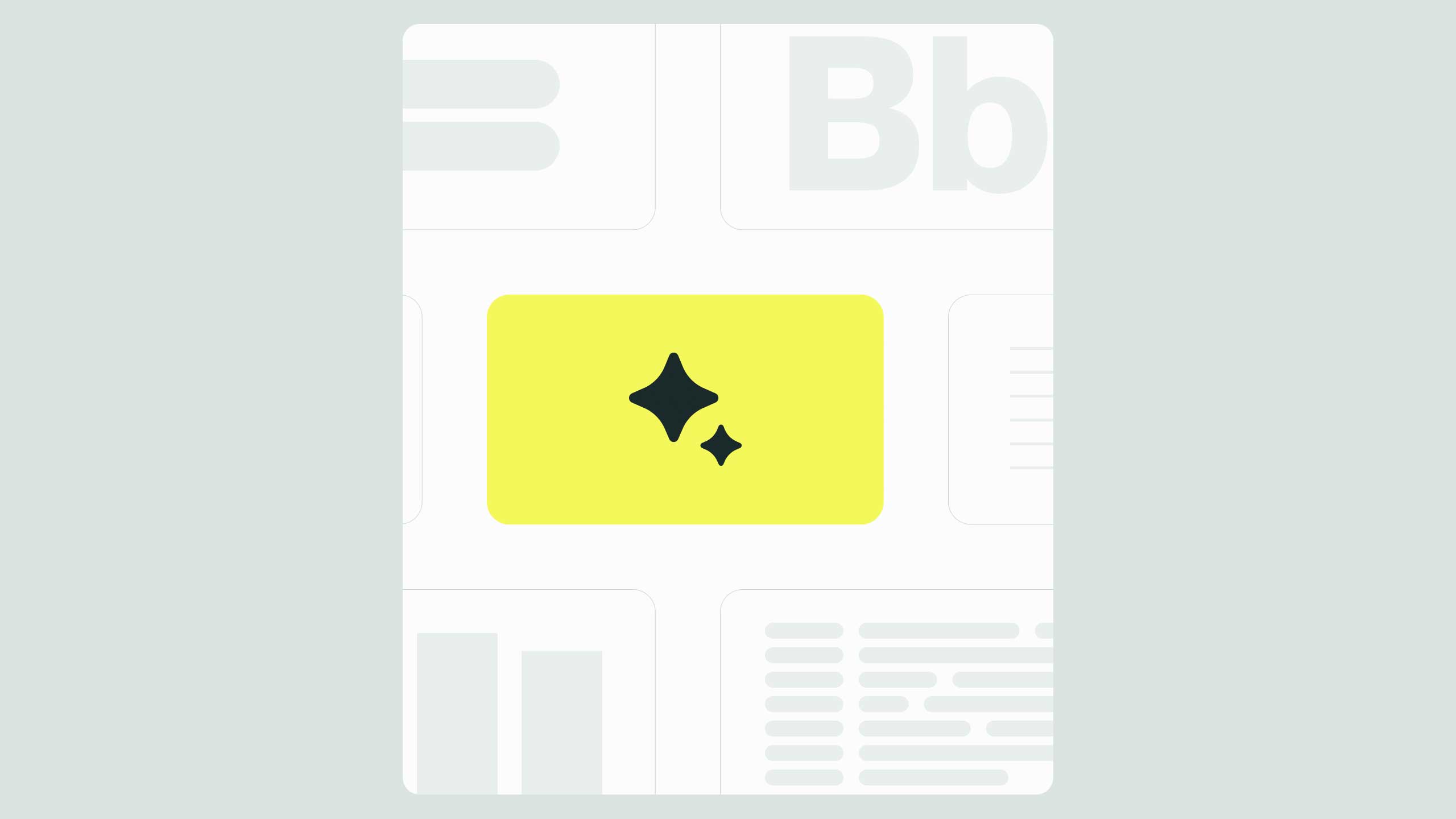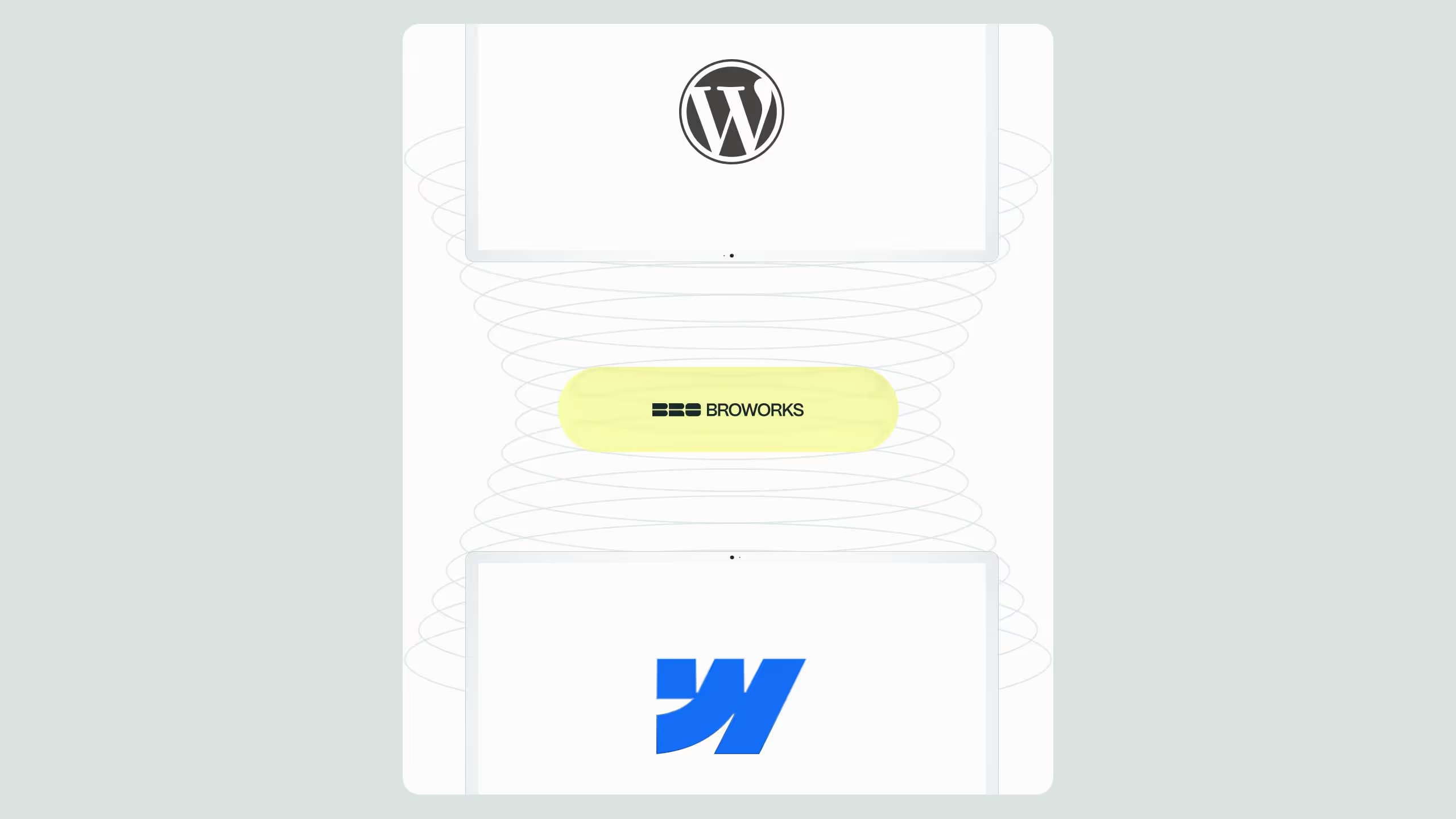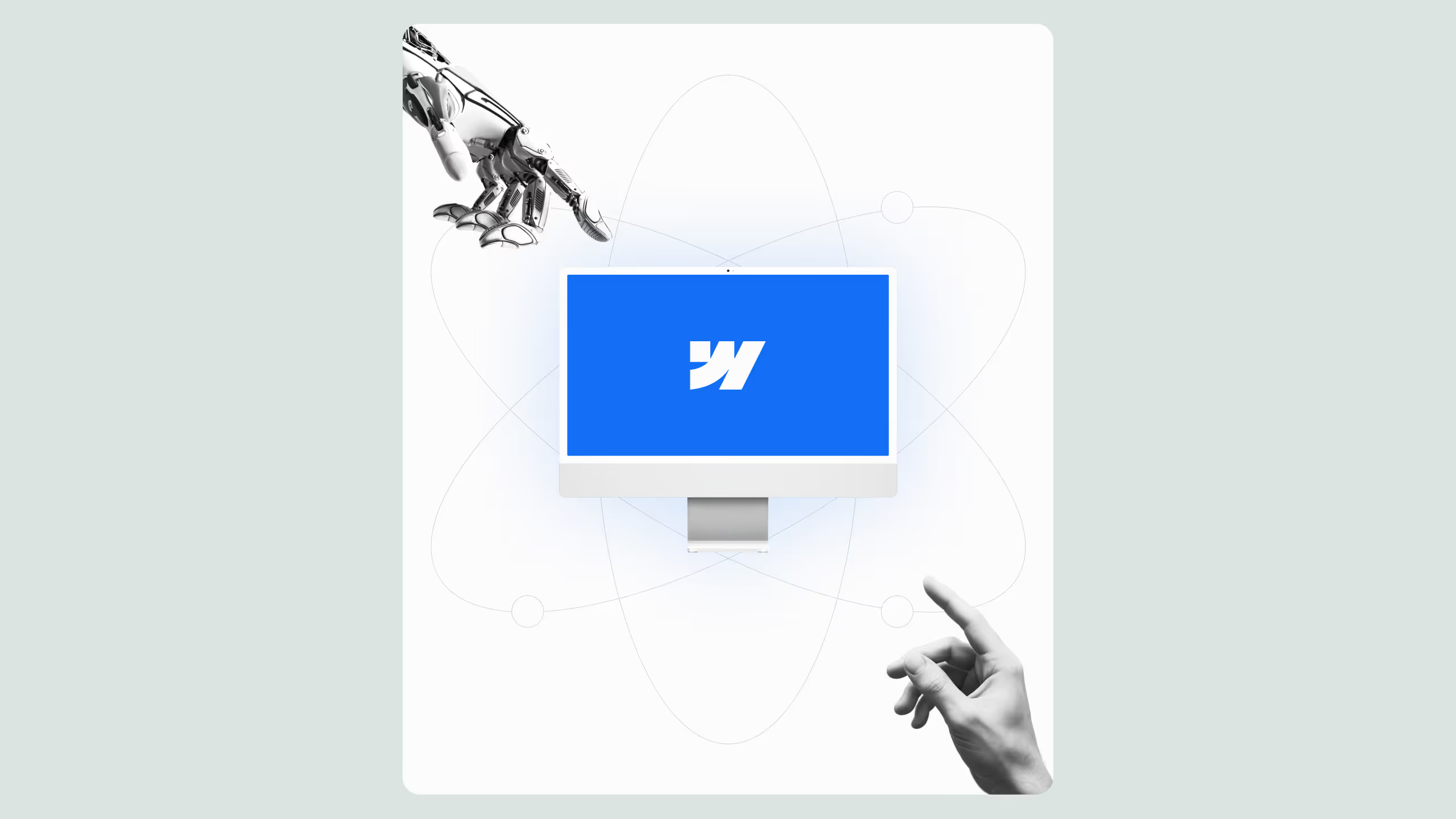Webflow AEO Component Library - FAQ & Schema Kit

If you’re building an enterprise-grade site on Webflow and want high-intent visibility in both search engines and AI-driven answer engines, the “Webflow AEO component library” provides ready-made FAQ, HowTo, and Article schema modules with custom attributes. This article walks you through what those components include, how they plug into Webflow CMS templates, why a top Webflow agency offers full-service support (design, development, migration, integrations), and how an enterprise partner like Broworks can deploy and maintain them at scale. You’ll gain actionable insight into designing, structuring and linking content for both traditional SEO and AEO (Answer Engine Optimization).
Table of Contents
- Introduction: Why the “Webflow AEO component library” matters
- What we mean by AEO and how Webflow supports it
- The anatomy of the component library: FAQ, HowTo & Article modules
- Custom attributes and how to tailor them
- Implementation workflow: From CMS to template
- Why enterprises need a full-service Webflow agency
- Top services provided by an elite Webflow agency and enterprise partner
- Internal linking and navigational intent: best practices
- Common pitfalls and how to avoid them
- Conclusion & actionable takeaway
1. Introduction: Why the Webflow AEO component library matters
In 2025 the digital landscape is shifting fast: not only traditional search engines like Google Search and Bing, but also large-language-model-driven “answer engines” (think chatbots, voice assistants, AI-powered search results) are deciding how brands are found. To thrive in this environment you need a two-pronged approach: traditional SEO and Answer Engine Optimization (AEO). Using a well-structured “Webflow AEO component library” means you’re ready with schema-tagged modules (FAQPage, HowTo, Article) that give both humans and machines exactly what they need.
In this guide we’ll show you how to:
- Build content that’s both human-readable and machine-interpretable.
- Use the library’s modules inside Webflow CMS templates.
- Deploy as part of a broader Webflow offering delivered by an agency partner for enterprise scale.
The rest of this article is aimed at marketing directors, tech leads and CMOs at SaaS or B2B companies who are exploring Webflow site builds, migrations (from WP to Webflow) and conversions at scale.
2. What we mean by AEO and how Webflow supports it
Answer Engine Optimization (AEO) is about structuring your content so it becomes the answer when users ask questions via search, voice, or AI assistants. One authoritative guide defines AEO as:
“the process helping you turn your content into direct answers to your visitor’s queries.”
While SEO focuses on ranking links, AEO focuses on being the answer that’s cited. In the context of Webflow:
- Webflow automatically outputs schema markup for static pages and enables custom schema in CMS templates.
- It offers audit tools and AI-integrated features to generate missing metadata, schema markup and alt text.
Thus, if you implement a “Webflow AEO component library” of schema modules (FAQPage, HowTo, Article) you accelerate your readiness for both human and machine discovery.
3. The anatomy of the component library: FAQ, HowTo & Article modules
Here’s how a typical “Webflow AEO component library” is structured:
FAQ Module (schema type: FAQPage)
- Question field (CMS)
- Answer field (rich text)
- Expand/collapse interaction
- JSON-LD output automatically via template
HowTo Module (schema type: HowTo)
- Step number field (CMS)
- Step description field
- Optional image or icon
- Rendered visually with a UI component and markup
Article Module (schema type: Article)
- Headline (CMS)
- Date published/modified
- Author and organization information
- Content body
- Unique custom attributes such as “intendedAudience”, “timeRequired”
Each module includes configurable custom attributes so you can tailor to your brand’s semantics and schema requirements. For example:
{
"@type": "HowTo",
"name": "…",
"timeRequired": "PT30M",
"totalTime": "PT45M",
…
}By using the library, you avoid building schema markup from scratch each time and instead integrate modules directly into your Webflow CMS template structure.
4. Custom attributes and how to tailor them
One of the major benefits of a “Webflow AEO component library” is the ability to define custom attributes on each schema-module to reflect your specific brand, content type or platform. For example:
- Add
intendedAudience: "Enterprise CMOs"on an Article schema. - On a FAQ schema you might add
audienceType: "Marketing Directors"as a custom key. - On a HowTo you might set
tool: "Webflow CMS"ordifficulty: "Intermediate".
From a Webflow CMS implementation standpoint you’ll set up custom fields (e.g., drop-down or plain text) and then include them in the JSON-LD component. This is ideal when your team or agency builds a library once, but reuses it across dozens or hundreds of pages in enterprise deployments.
5. Implementation workflow: From CMS to template
Here’s a recommended workflow for deploying the component library in Webflow:
- Set up collections in Webflow CMS: e.g., FAQItems, HowToSteps, Articles.
- Create reusable symbols/components in Designer for each module (FAQ, HowTo, Article).
- Add custom fields in each collection for custom attributes (as described above).
- In the template page (e.g., FAQ template or Article template) embed the JSON-LD snippet inside the Head tag or via an embed component.
- When publishing, run Webflow’s Audit panel to ensure schema markup is valid and metadata is present.
- Monitor analytics for how your pages show up in AI-driven answer results (the essence of AEO) and iterate content structure.
By using an enterprise-level agency partner like Broworks, you gain additional benefits: consistent governance, scalable template architecture, migration from legacy platforms (for example from WordPress) and full strategic oversight.
6. Why enterprises need a full-service Webflow agency
Large companies and enterprise brands face complexity beyond simply building pages. While the component library covers schema and content modules, an enterprise deployment demands:
- Design system governance and brand consistency.
- Complex migrations (e.g., from WordPress to Webflow) with SEO retention.
- CMS modelling and dynamic relationships at scale.
- Integrations (CRM, marketing-automation, analytics).
- Ongoing maintenance, performance and AEO optimization.
- Clear internal link architecture and topic clustering for semantic authority.
By partnering with a full-service Webflow agency, you ensure all of these functions are covered, meaning the schema components (FAQ, HowTo, Article) become part of a larger digital infrastructure rather than isolated widgets.
7. Top services provided by an elite Webflow agency and enterprise partner
When selecting a Webflow agency for enterprise-grade builds, these are the key services you should expect:
When you deploy a “Webflow AEO component library”, ensure you have a partner who covers all these domains, only then will you scale successfully and maintain structured content across hundreds of pages.
8. Internal linking and navigational intent: best practices
To maximize both SEO and AEO gains you must integrate prudent internal linking with clear navigational and informational intent. A few guidelines:
- Link from the component-module pages (FAQ, HowTo, Article) into key service pages such as your Webflow services page or WordPress-to-Webflow migration page.
- Use anchor text that aligns with transactional keywords you target (e.g., “Webflow design agency”, “enterprise Webflow migration”).
- Maintain a clear cluster: for example your service page for “Enterprise Webflow Development” links to articles about schema, AEO, components etc.
- Ensure breadcrumb navigation and logical category URL structure so AI systems can parse context easily.
- Make sure each page has a clear purpose (informational vs transactional) and the internal links reflect that (e.g., CTA to contact or services page, and links to deeper informational resources).
By embedding those links within your article, you help guide the reader and signal to search/AI engines the relationships between content and service pages.
9. Common pitfalls and how to avoid them
Pitfall 1: Schema without valid data
Adding a schema module but leaving key fields blank (e.g., no publication date, author missing) undermines the value. Always populate important fields.
Pitfall 2: Poor internal linking and content isolation
Even with schema modules, if your content is siloed and lacks contextual links to services or deeper articles, you lose thematic authority. Link to your core service page such as your “Enterprise Webflow Development” page and your “WordPress to Webflow migration” page.
Pitfall 3: Ignoring device responsiveness and performance
A component-heavy site built in Webflow can slow down if not optimized. Use Webflow’s audit panel (and review metrics like Core Web Vitals) to ensure your structure doesn’t impair performance.
Pitfall 4: Treating AEO as an afterthought
AEO isn’t just schema tagging; it’s structuring content for answer engines and voice search, a shift in mindset. Without adopting conversational headings, ILFs (intent-link frameworks), and voice-friendly formatting you miss a major opportunity.
10. Conclusion & Actionable Takeaway
The shift from traditional search visibility to AI-driven answer visibility means your content must be not only discoverable but interpretable by machines. By deploying a “Webflow AEO component library” of prebuilt FAQ, HowTo and Article schema modules, and working with a full-service agency partner such as Broworks, you align your Webflow architecture, content structure, and internal linking with both human and machine intent. For any enterprise site on Webflow, this is not just a nice-to-have, but a strategic imperative. The next step: map your key service pages (for example your enterprise Webflow services page or WordPress to Webflow migration page), identify what schema modules apply, integrate them, and set up governance. Your content will then be ready to serve both visitors and AI-powered discoverability systems.

.svg)
.svg)


.svg)




